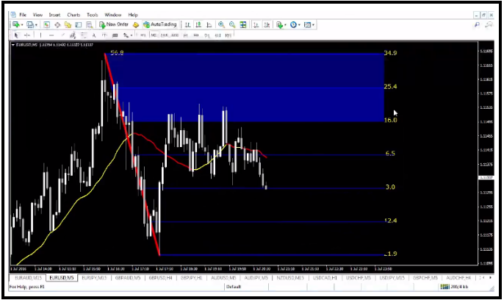

- #Does the levelator still work full
- #Does the levelator still work pro
- #Does the levelator still work software
- #Does the levelator still work free
If YouTube is your publishing platform, you would put all this in the video description (normally, you would not add a full transcript to a video description though). We create four items per episode – 1) an introduction (usually two to three paragraphs to draw the user into the episode), 2) media highlights (also known as timestamps), 3) links to resources mentioned in the show, and 4) a summary or full transcript of the episode. These can be designed in Canva or Adobe Photoshop. Regardless of where you’re publishing your episode(s), a header graphic is a great tool for drawing attention to your content and letting users know what it’s about. Load them into your DAW and drag them into position, along with all other elements. The third and final phase of editing is adding introductions, themes, bumpers, call to actions, and so forth. Generally, these solutions should only be applied to the talking portions of your podcast, and not the music. We recommend using The Levelator (no longer supported by the developer, but it still works) or Auphonic to do most of the heavy lifting. The second phase is to sweeten the audio. The first phase is to cut out “uh,” “um,” dead air, and anything else that might be bothersome or unusable. Editing usually happens in multiple phases. You can also record intros and outros now and drag them into place during the editing phase. If you plan to record any kind of bonus content with your guest, do it now. If your guest is online with you, ensure you’ve asked all questions you were planning to ask them. Before you conclude recording, ensure that you’ve captured everything you need for the episode.
#Does the levelator still work pro
Intros, themes, bumpers, midrolls, call to actions, sound effects and other flourishes are typically added in post-production (editing), but if you have a mixer (like the Rode RODECaster Pro Integrated), some or most of this can be done on the fly. If you are adequately prepared, you should now be ready to hit “record” and start your show. If you need to reschedule to accommodate, reschedule. Can you be heard (are you too quiet or too loud)? Can you hear your co-host or guests? Are they distorting? Is their audio quality good enough for the recording? If not, though it might be the “long way around,” you should encourage your participants to pick up a USB mic (even an affordable one like the Audio-Technica ATR2100-USB – we have experience with it and it’s quite good for the price) and to wear earbuds or headphones during the recording. Before you hit that “record” button, though, you’ll want to check your microphone levels. So, you (and your co-host and / or guest) are all online, and you’re ready to start recording. If you have multiple participants, you may need to coordinate via email though. Take advantage of a tool like Calendly to cut down on back-and-forth emails and let your participant pick a time in your schedule that works for them. But if you have a co-host, guest, or other participants, you’ll need to coordinate with them. If you’re recording a solo episode, you might be able to fly by the seat of your pants.
#Does the levelator still work free
If you’re going to be recording solo, you can take advantage of Audacity or Waveform Free as well.
#Does the levelator still work software
You’ll want to prepare and familiarize yourself with recording software as well, whether Zencastr, Zoom, or otherwise. This eliminates unwanted “bleed” – delay, feedback, and other audio artifacts that are harder to edit out. If you’re going to be recording with a co-host, guest, or anyone else, encourage them to use earbuds or headphones as well. The minimum viable setup should include a USB mic (like the Rode Podcaster), and earbuds or headphones. If you want to go the extra mile, prepare questions they’ve never been asked before. Look at their website and social profiles, search for articles and press releases, listen to other interviews they’ve done, and so on.

If you’re going to have a guest on your show, research them thoroughly. What is the episode going to be about? If it’s going to be a solo episode, you’ll either want to prepare point-form notes, or type out a full transcript (blog post) before hitting that record button.

Here I cover the key items every podcaster should be aware of to ensure each, and every episode of their show comes out sounding smooth and polished every single time. The workload is considerable, and you need a system you can rely on week after week. Once you’ve settled on a name and concept for your podcast, it’s time to establish a workflow that sets you up for success with your publishing efforts.


 0 kommentar(er)
0 kommentar(er)
